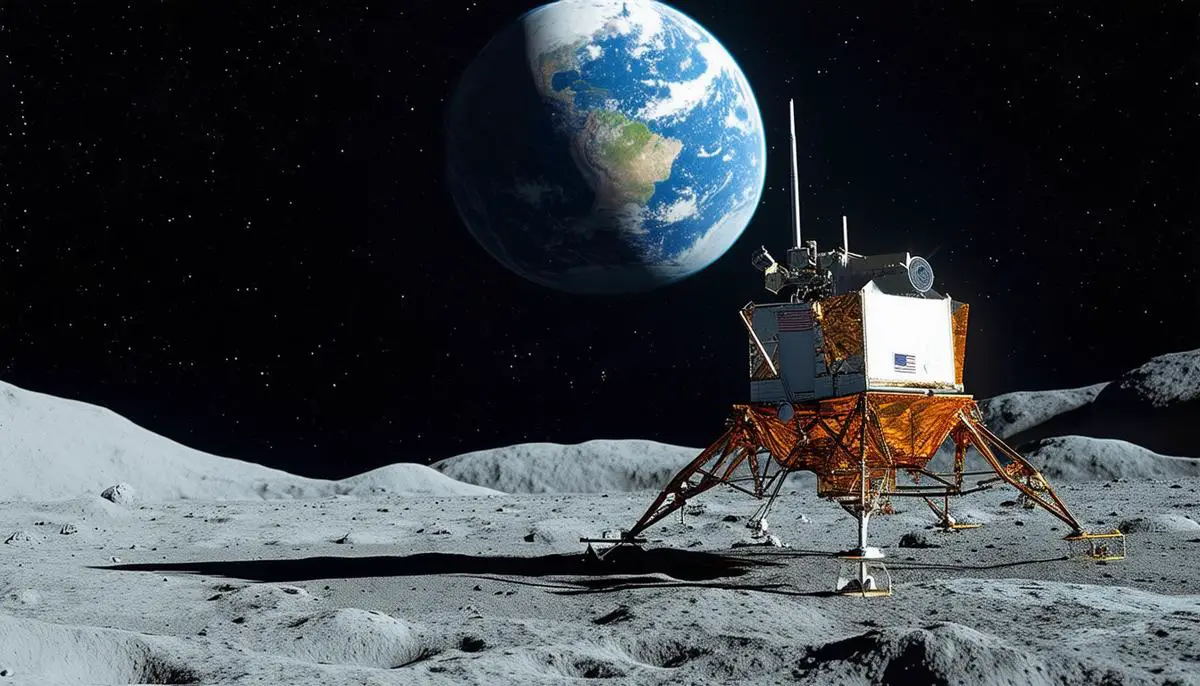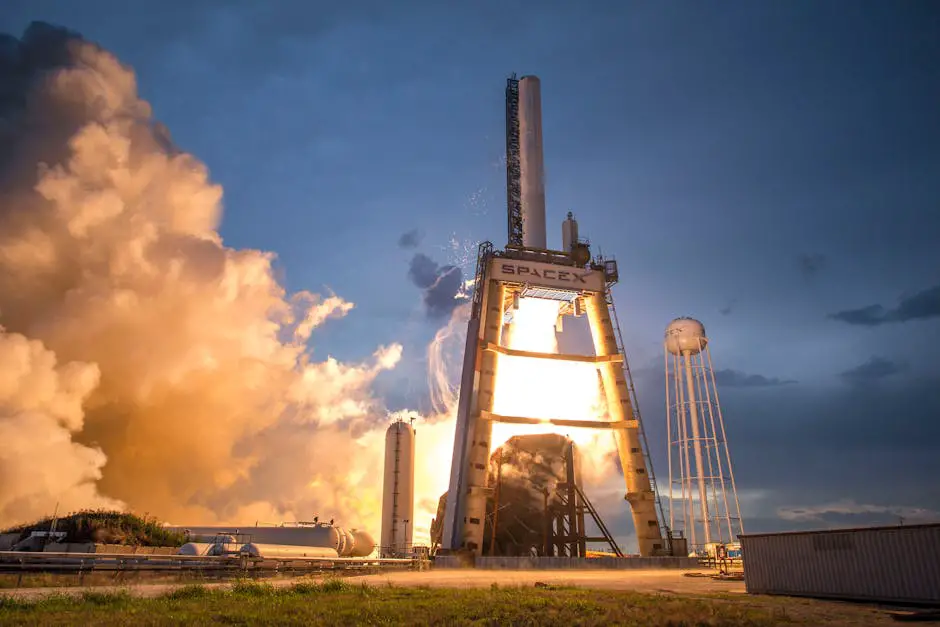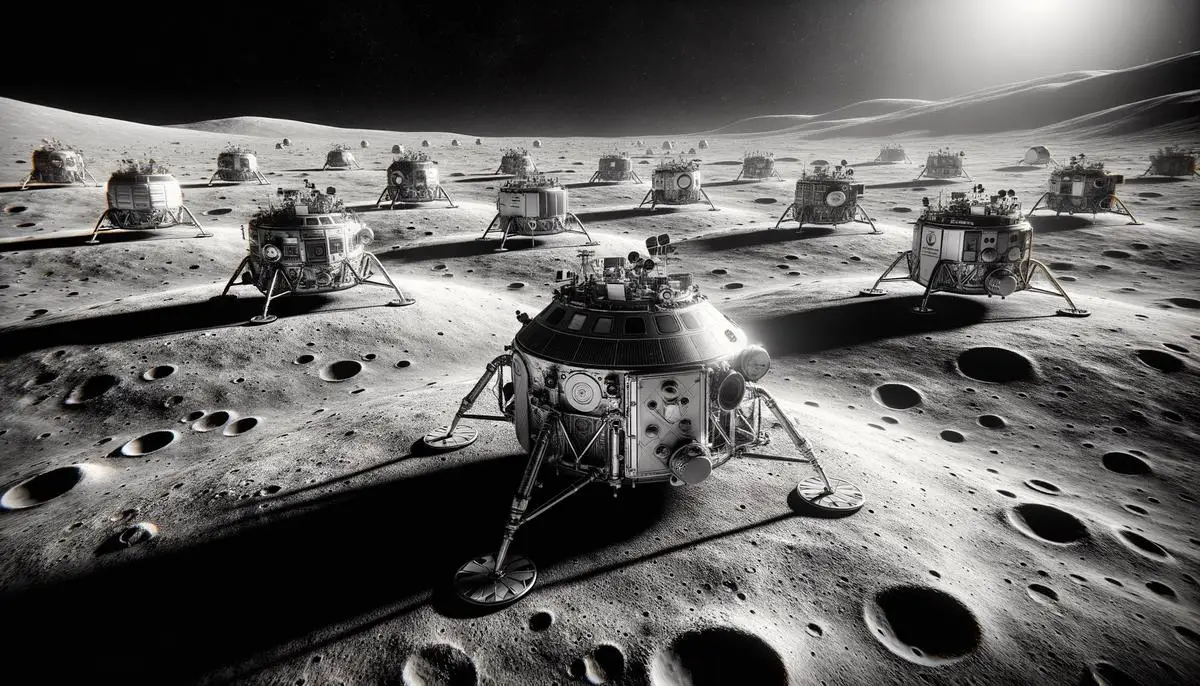NASA's Moon Return Delayed to 2026
NASA's ambitious plan to return humans to the Moon has been pushed back to September 2026, a significant delay from the initial 2024 target. The postponement is largely attributed to challenges with SpaceX's Starship, a crucial component for transporting astronauts between lunar orbit and the Moon's surface.
Elon Musk recently revealed that Starship is currently underperforming, delivering only 40-50 tons to low Earth orbit (LEO) instead of the promised 100-150 tons. This shortfall is likely due to additional safety measures and shielding, which have increased the vehicle's weight and reduced its payload capacity.
The payload issue complicates Starship's mission, potentially requiring up to 30 launches for refueling to support a single lunar landing. This logistical challenge has contributed to the postponement of NASA's Artemis 3 mission.
NASA had anticipated Starship's complexities, as noted by Kathy Lueders in the HLS Source Selection Statement. Despite these challenges, Starship remained the most viable option compared to alternatives from Dynetics or Blue Origin.
The delay affects NASA's broader Artemis plans, compounded by issues with the Orion spacecraft's:
- Heatshield
- Life support systems
- Electrical systems
However, progress continues, with SpaceX achieving orbital velocity with Starship in March 2024 and successful docking system tests.
While SpaceX works on improving Starship, NASA's revised timeline reflects the intricate balance of technology and ambition in space exploration.

Recent Starship Development Hurdles
Starship's current payload capacity of 40-50 tons to LEO, falling short of its 100-ton design goal, raises concerns about its ability to fulfill NASA's Artemis program requirements. This underperformance stems from various factors, including additional shielding around the Super Heavy booster's engines and the introduction of a steel "hot staging" ring.
SpaceX's developmental steps have shown progress, with Starship reaching orbital velocity on its third test flight in March 2024. However, challenges persist, such as uncontrolled attitude and reentry burn-up issues.
Orbital refueling remains a crucial and complex component of Starship's mission profile.
The current payload shortfall means Starship would require 30 refueling missions for a single lunar landing, significantly increasing operational complexity and risk.
SpaceX is developing more capable Starship variants, including "Starship 2" with Raptor 3 engines and an improved vehicle structure. These upgrades aim to restore the launcher's payload capacity to 100 tons to LEO, though timelines remain uncertain.
Collaboration between SpaceX and NASA continues, with over 200 docking tests completed to ensure Starship's integration with the Orion spacecraft. These efforts demonstrate a commitment to overcoming setbacks and advancing space exploration technology.

Impact on Other Commercial Moon Missions
The delays in SpaceX's Starship program affect other commercial moon missions, including the indefinite postponement of Yusaku Maezawa's dearMoon project. This cancellation highlights the potential risks faced by other commercial missions relying on Starship.
Firms like Intuitive Machines and Blue Origin remain key partners in NASA's lunar ambitions. Intuitive Machines recently launched its Odysseus lander, aiming for a historic south pole touchdown. While this mission proceeds independently, delays in one program can impact others due to the interdependent nature of commercial lunar exploration.
Blue Origin's Blue Moon lander, also contracted by NASA for crewed moon-landing services, may face indirect impacts from Starship's delays. These could include shifts in NASA's resource allocation and strategic priorities.
NASA is exploring alternative solutions to maintain its lunar exploration objectives. This includes:
- Reinforcing partnerships with companies like Intuitive Machines
- Potentially accelerating timelines for other lunar landers such as Astrobotic's Peregrine
- Conducting risk assessments and exploring alternative technological pathways
- Strengthening collaborations with commercial stakeholders
- Increasing investment in international partnerships to broaden its collaborative framework
The delays also affect NASA's plans for establishing and operating the Artemis Base Camp on the Moon. This necessitates a reconsideration of logistical support and supply chains, emphasizing the need for diverse payload and transportation solutions.
Despite timeline shifts, SpaceX and NASA remain committed to resolving technological hurdles. The successful completion of docking tests between Starship and Orion spacecraft exemplifies their ongoing efforts to enhance mission readiness and overcome current challenges.

- Lueders K. HLS Source Selection Statement. NASA; 2021.
- Free J. NASA Media Teleconference on Artemis Program Updates. NASA; 2024.
- SpaceX. Starship Payload User's Guide. SpaceX; 2021.
- NASA. Artemis Program Updates. NASA; 2024.
- Government Accountability Office. Decision in the Matter of Blue Origin Federation, LLC; Dynetics, Inc.-A Leidos Company. GAO; 2021.
![]()
